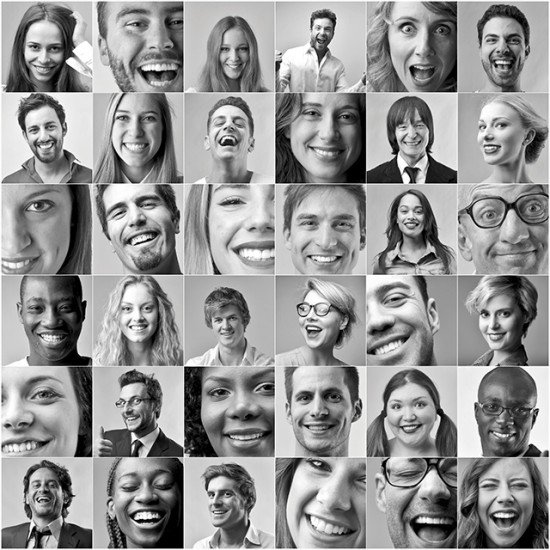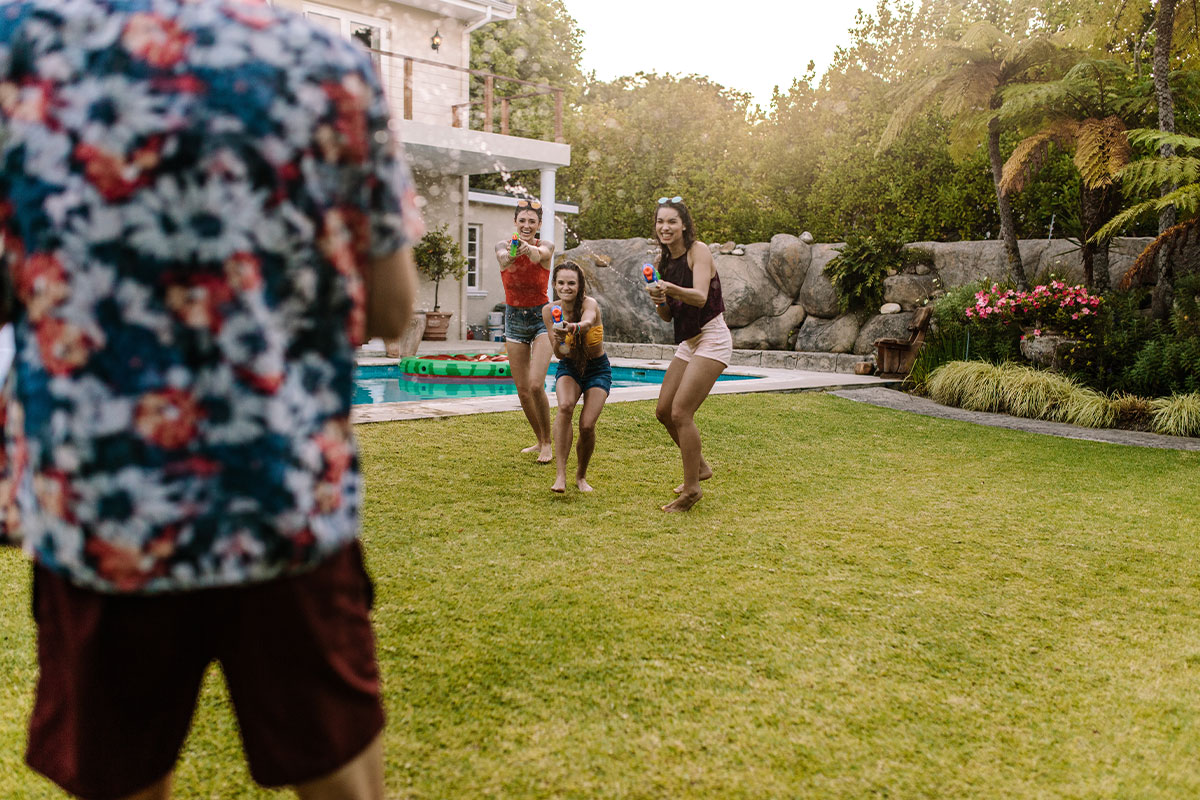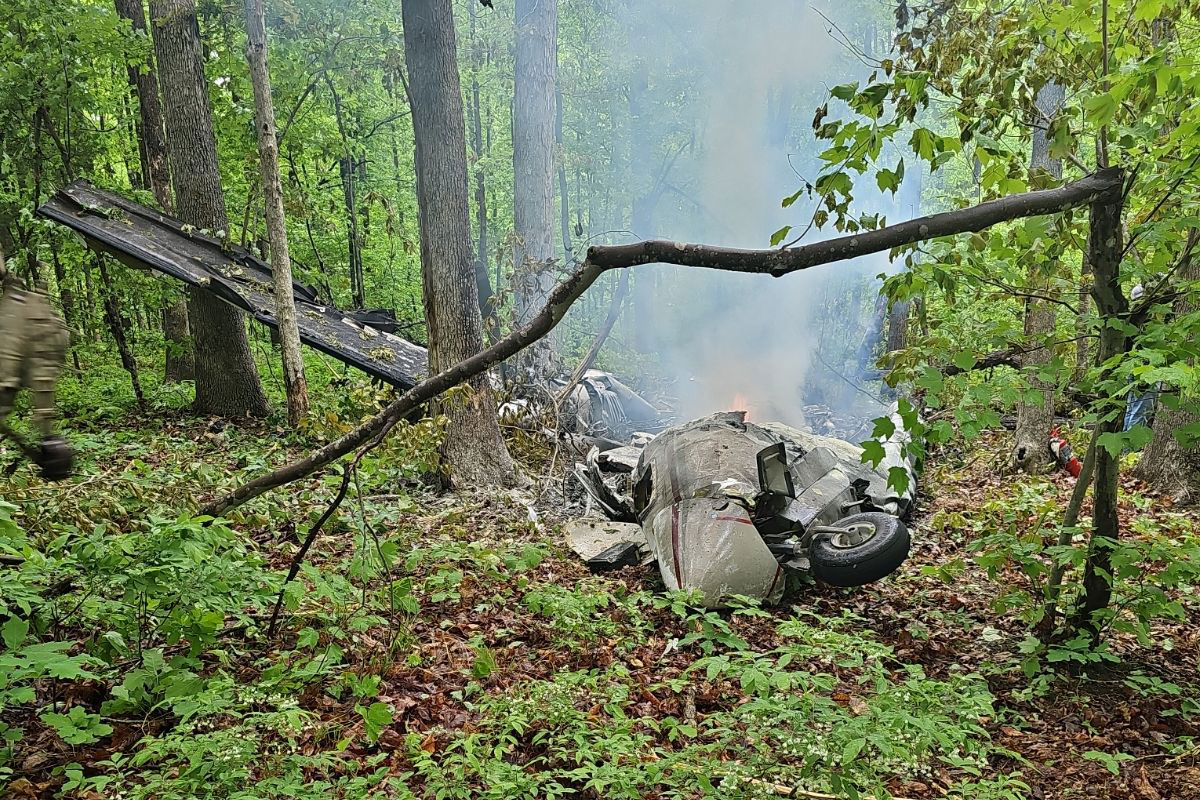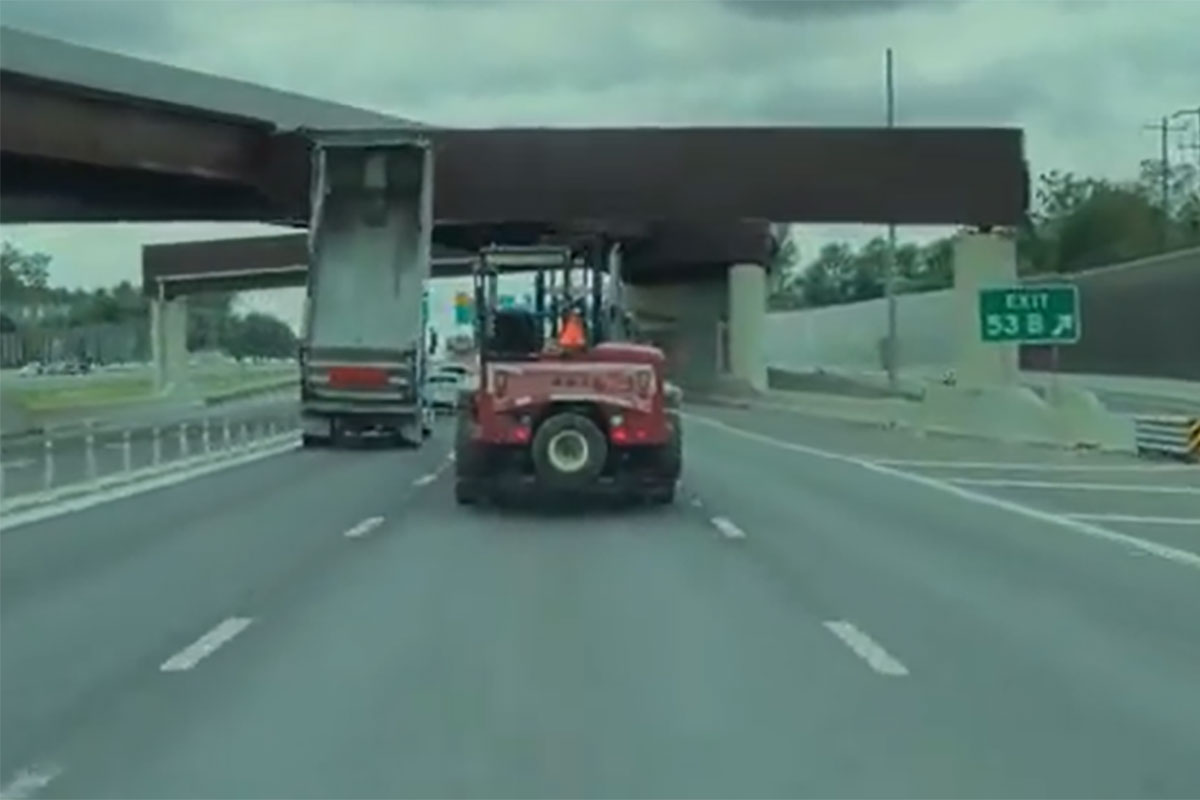Reston’s temporary public art exhibit celebrates diversity through the faces of its residents.
By Robyn Smith

One photograph of one person in one community doesn’t seem like it would make a world of difference to the rest of us. But there is strength in numbers, and there is strength in diversity. Whether it’s different ages, races, sexes or classes, there’s a lot more to the faces of a community than a passing glance might give you.
That’s why the Reston Community Center and the Initiative for Public Art-Reston, among other community partners, have commissioned a temporary public art project to celebrate the diversity in their community. “We Make Reston,” a photography exhibit that will be unveiled during September’s Multicultural Festival at Lake Anne Plaza, is open for everyone to participate. All anyone needs is a camera and a signature, as each submission requires a permission slip according to IPAR’s executive director Anne Delaney.
The exhibit is based on French artist JR, whose Inside Out projects are meant to bring communities together in times of conflict. A documentary about the artist and his work will be shown right before the opening of “We Make Reston” on Sept. 26 at Lake Anne Plaza.
“The history is that JR is really what we call a street artist,” Delaney says. “He has traveled around the world and taken photographs of people. … You see images of people of different cultures, whether it’s in the Middle East or Europe or other places in the United States. You see faces of people with different emotions.”
The exhibit will consist of 60-90 photographs, which Reston Community Center Executive Director Leila Gordon estimates will be much less than the number of submissions. There will be another venue, still in the works, for people to see every photograph that will remain on display for the month of September.
Pairing this exhibit with the Multicultural Festival was a perfect match, according to Gordon. Her goal is that when people see the photographs of their diverse community, it will start a conversation about issues of race that comes from a community context, not a conflict context.
“It’s a celebration of our diversity and how fascinating it makes life, and how wonderful a community conversation it creates and how dynamic a community it makes,” Gordon says. “We thought that this would be a perfect graphic, gut-level way of demonstrating that reality about Reston.”
Gordon, who is half Egyptian and half American, says on a national level, the conversation about race isn’t “bubbling up to the surface of our communities anymore. It’s exploding in communities across the country.” She plans on making the exhibit a starting point for future conversations with a speaker, who is as of now unannounced, specializing in race and diversity coming in January to discuss social issues and how to connect people through them.
“We Make Reston” draws focus to Reston’s original values from the 1960s. As one of the first racially integrated communities of Virginia, the values that are highlighted include open-mindedness and inclusion, according to both Delaney and Gordon. The black-and-white format of the photographs only adds to the celebration of uniqueness, according to Gordon.
“There’s something so powerful about seeing a person’s face, especially in a large format and in a color-neutral format,” Gordon says. “In an ironic kind of way, using black and white actually helps us see both things, the universality of who we are and the different shades that we present to the world.”
(September 2015)





